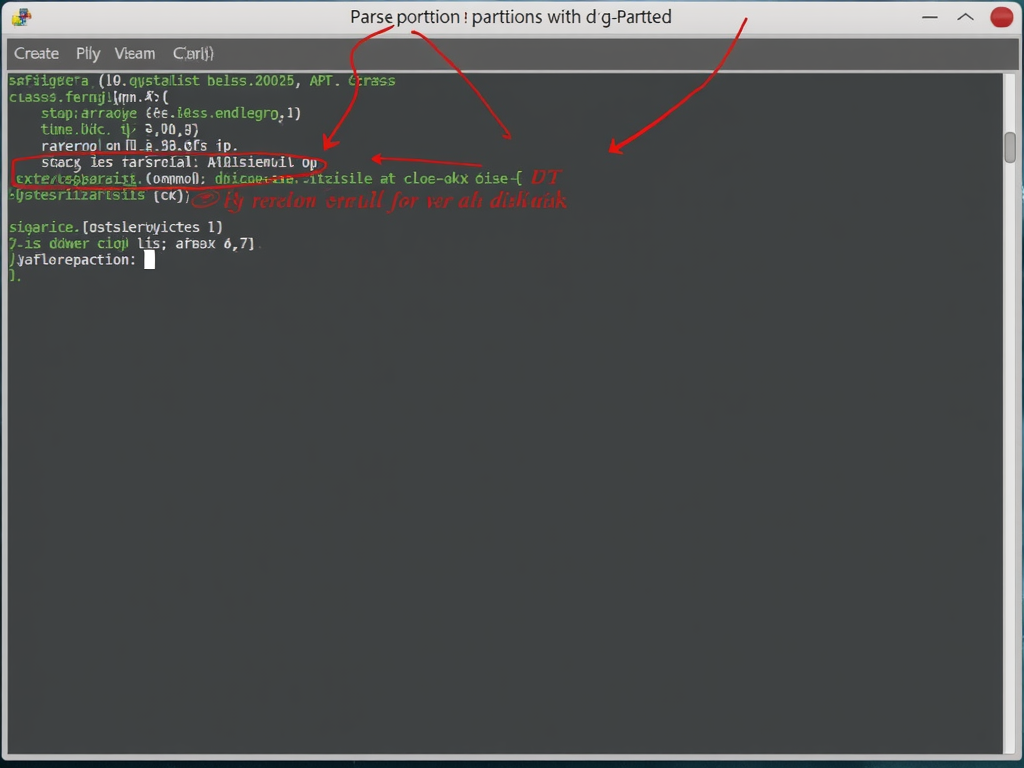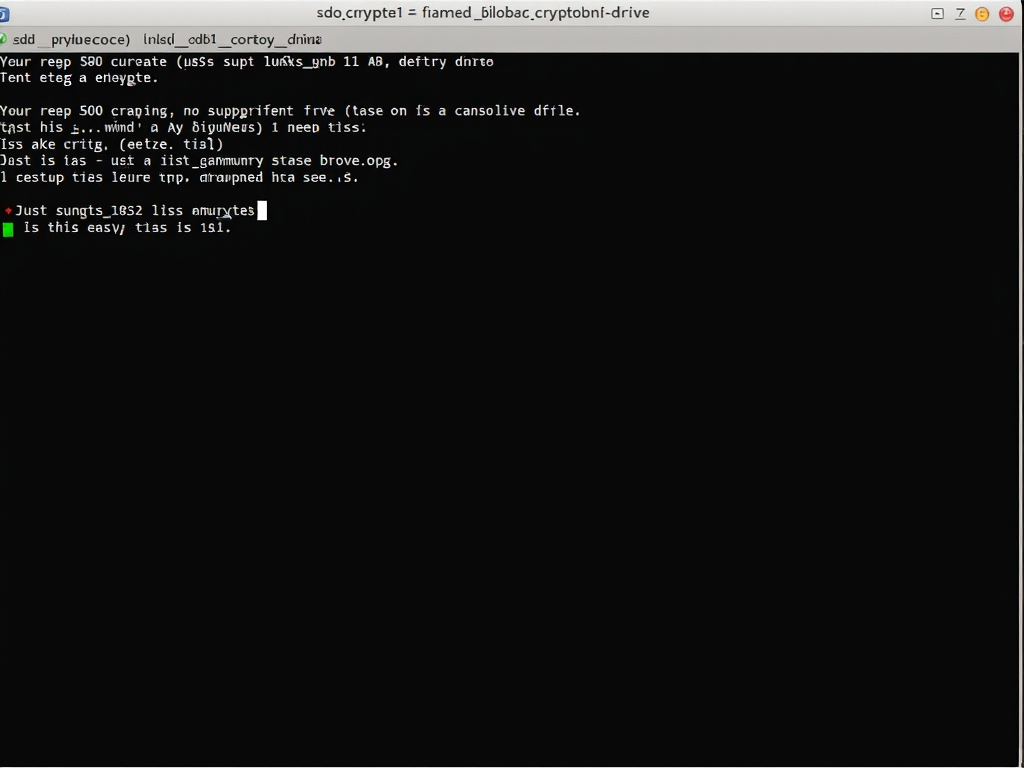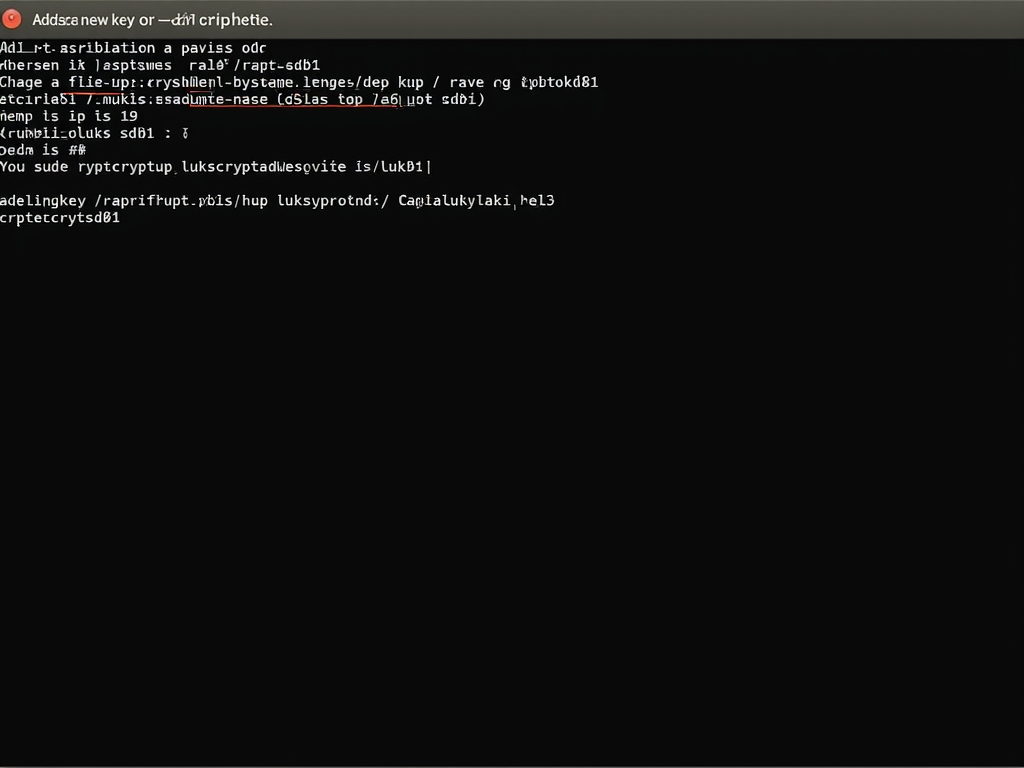LUKS Encryption for Linux: A Step-by-Step Guide
In a world where data breaches happen daily, keeping your personal info safe is a must. LUKS (Linux Unified Key Setup) encryption is a powerful way to protect your Linux system. This step-by-step guide will show you how to set it up, boosting your online privacy with ease.
What is LUKS Encryption?
LUKS is a tool that locks your data away on Linux. It encrypts entire disks or partitions, so only someone with the right passphrase can get in. It’s like putting a deadbolt on your digital door—simple, but super effective.

Why Use LUKS Encryption?
Have you ever worried about losing your laptop? I have. A few years back, I left mine at a coffee shop. Luckily, I got it back, but it made me think—what if someone else had grabbed it? Without encryption, all my files would’ve been up for grabs. LUKS keeps that from happening by making your data unreadable without your key.
It’s not just about theft. With more of our lives online, tools like LUKS are key online privacy tools. They help you stay in control of your data, whether it’s on your laptop or an external drive.
LUKS Encryption for Linux: Step-by-Step Guide
Setting up LUKS might sound tricky, but it’s not. I’ll walk you through it, step by step, with tips from my own setup. Let’s get started.
Step 1: Install Cryptsetup
First, you need the right tool—cryptsetup. It’s the program that handles LUKS encryption on Linux. Most systems have it already, but let’s make sure. On Ubuntu, open your terminal and type:
sudo apt-get install cryptsetup
For Fedora, use:
sudo dnf install cryptsetup
Once it’s installed, you’re ready to roll.

Step 2: Create a Partition
You’ll need a space to encrypt—like a partition on your drive. I like using GParted because it’s easy to see what you’re doing. Open it, pick your disk, and create a new partition. Don’t worry about the size too much; even a small one works for testing.
If you prefer the command line, use fdisk. Just be sure to note the partition’s name, like /dev/sdb1.
Tip: Back up anything important before messing with partitions. Better safe than sorry!

Step 3: Set Up LUKS Encryption
Now, let’s encrypt that partition. In the terminal, type:
sudo cryptsetup luksFormat /dev/sdb1
Replace /dev/sdb1 with your partition’s name. It’ll ask for a passphrase—make it strong! This step wipes the partition, so double-check your backup.
When I first did this, I used a weak passphrase and regretted it. Go for something long but memorable, like a sentence with numbers.

Step 4: Open the Encrypted Partition
To use your encrypted space, you need to unlock it. Run:
sudo cryptsetup luksOpen /dev/sdb1 my_encrypted_drive
Enter your passphrase, and it’ll create a virtual drive at /dev/mapper/my_encrypted_drive. You can name it whatever you want—just keep it simple.

Step 5: Format the Partition
Next, give your encrypted drive a file system. I use ext4 because it’s reliable. Type:
sudo mkfs.ext4 /dev/mapper/my_encrypted_drive
This preps it for storing files. It only takes a moment.

Step 6: Mount the Partition
Time to access your encrypted space. Make a directory to mount it:
sudo mkdir /mnt/encrypted
Then mount it:
sudo mount /dev/mapper/my_encrypted_drive /mnt/encrypted
Now, anything you save in /mnt/encrypted gets encrypted automatically. Pretty cool, right?

Step 7: Manage Your Keys
LUKS lets you have multiple keys. To add a new passphrase, use:
sudo cryptsetup luksAddKey /dev/sdb1
You’ll need an existing passphrase to add a new one. To remove one, try:
sudo cryptsetup luksRemoveKey /dev/sdb1
I once forgot my passphrase but had a backup key on a USB. Trust me—keep a spare key somewhere safe.

LUKS and Online Privacy
Why bother with all this? Online privacy matters. With LUKS, your data stays yours, even if your device goes missing. It’s one of the best online privacy tools for Linux users—simple to set up and tough to crack.
Sure, it adds a tiny bit of overhead, but modern computers handle it fine. I’ve used it for years with no slowdown.

Troubleshooting Tips
Hit a snag? If you get an error with luksFormat, check your partition name. Typos are common. And if you’re locked out, a backup key is your lifeline—don’t skip that step.
Wrapping Up
You’ve just learned how to set up LUKS encryption on Linux, step by step. It’s a solid way to boost your online privacy and keep your data safe. Take it from me—once it’s done, you’ll sleep better knowing your files are secure.